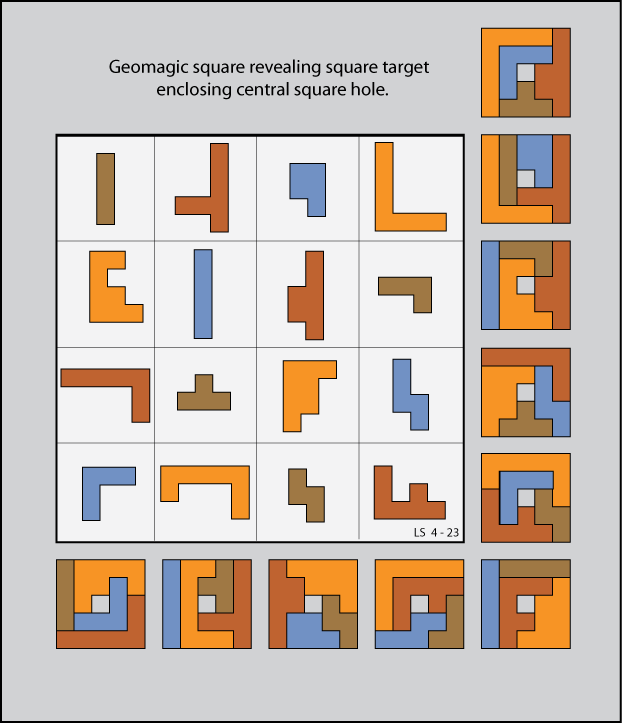This little trick often puzzles many:–
Place three matches, coins, or other articles on the table, and by picking each one up and placing it back three times, counting each time to finish with number 10, instead of 9. Pick up the first match and return it to the table saying 1; the same with the second and third, saying 2 and 3; repeat this counting 4; but the fifth match must be held in the hand, saying at the time it is picked up, 5; the other two are also picked up and held in hand, making 6 and 7; the three matches are then returned to the table as 8, 9, and 10. If done quickly few are able to see through it.
— John Scott, The Puzzle King, 1899
04/20/2024 Reader Vladamir Tsepis adds, “This reminds me of the way to convince children you have 11 fingers. Start by showing your left hand splayed, curl down the thumb and index finger counting ‘one, two…’, then of the remaining say ‘let’s skip these three’. Move to your right hand, bend each finger in turn as you count ‘four, five, six, seven, eight…’. Return to the left hand counting off the three we skipped ‘nine, ten, eleven.'”






